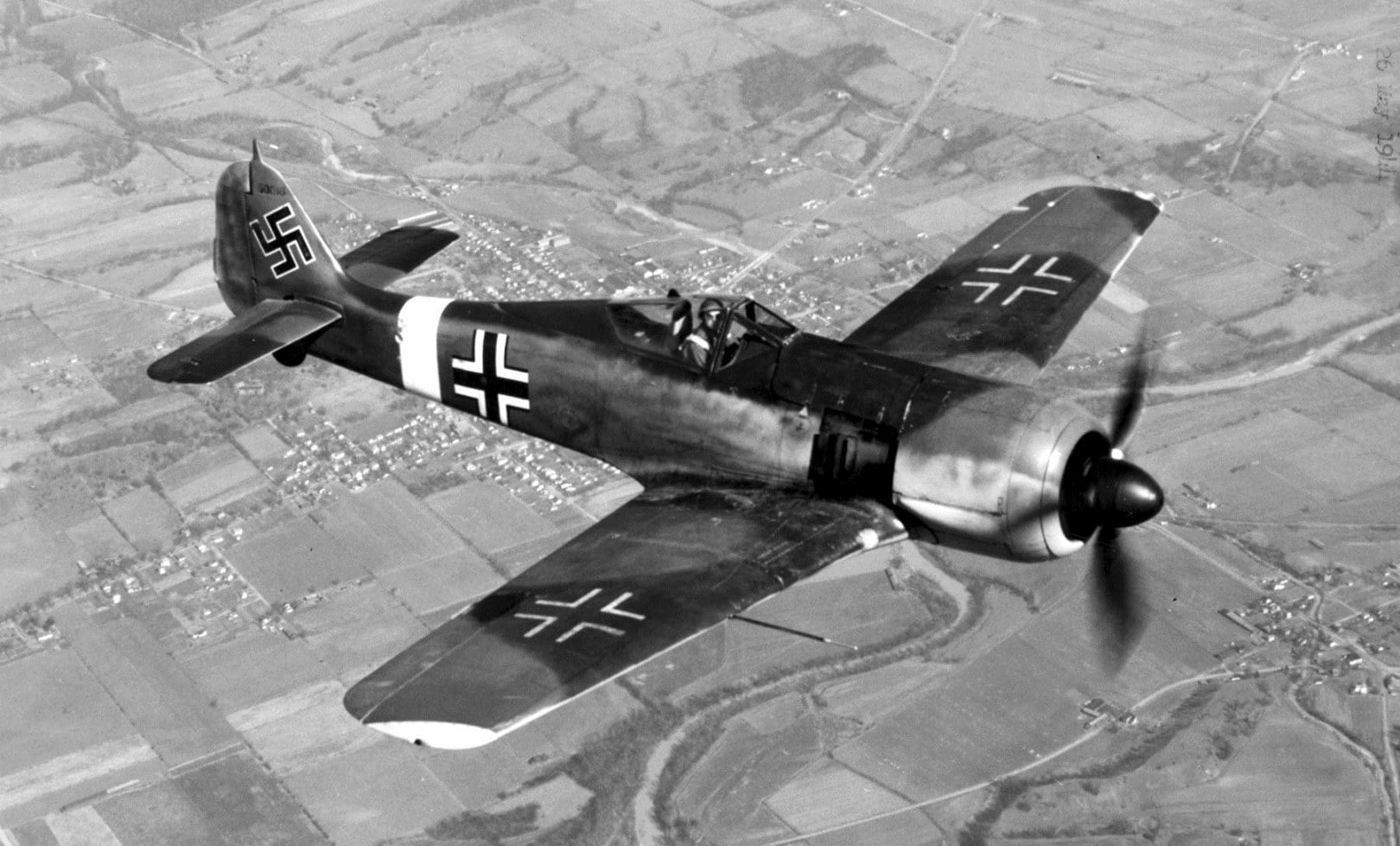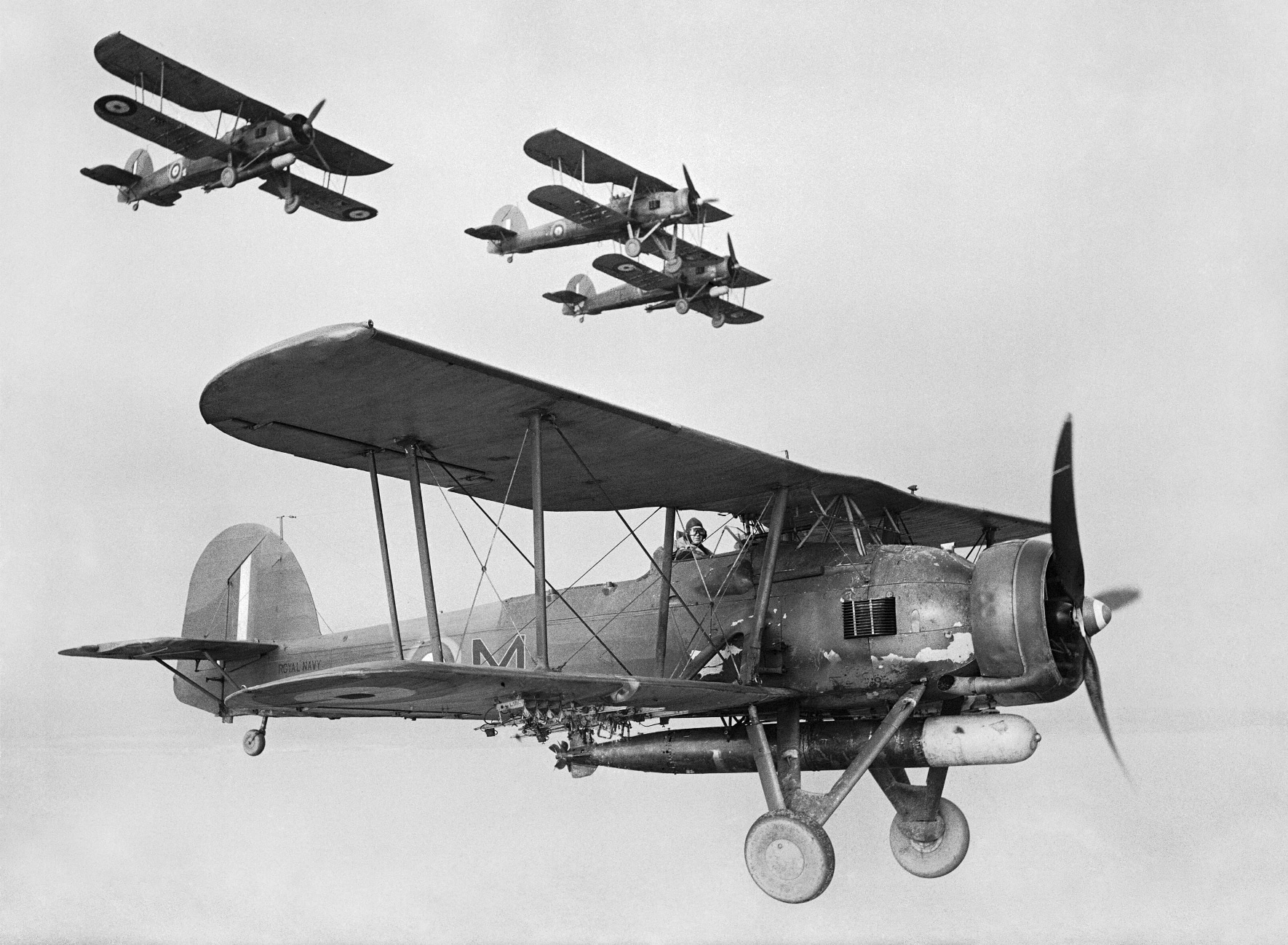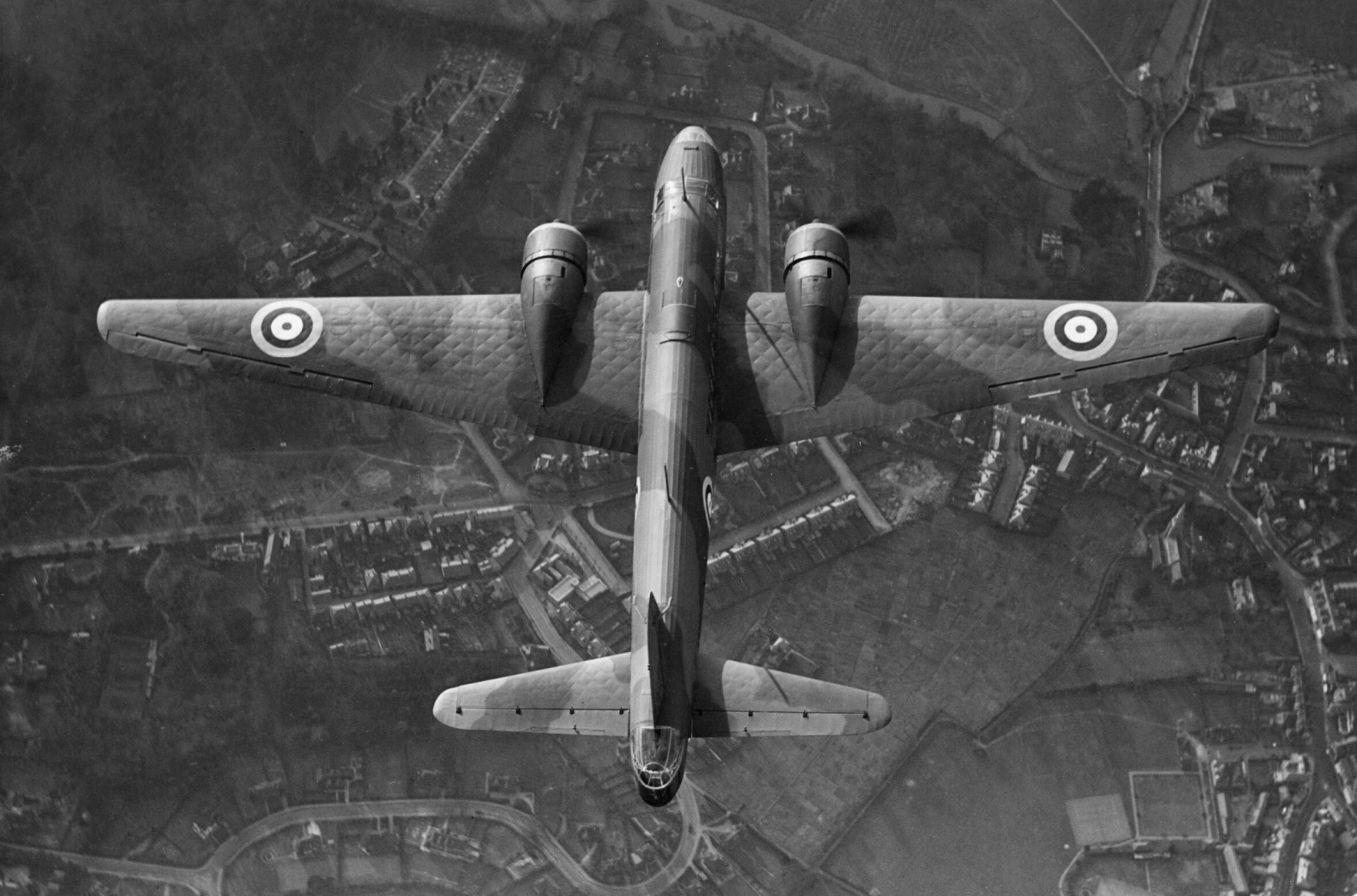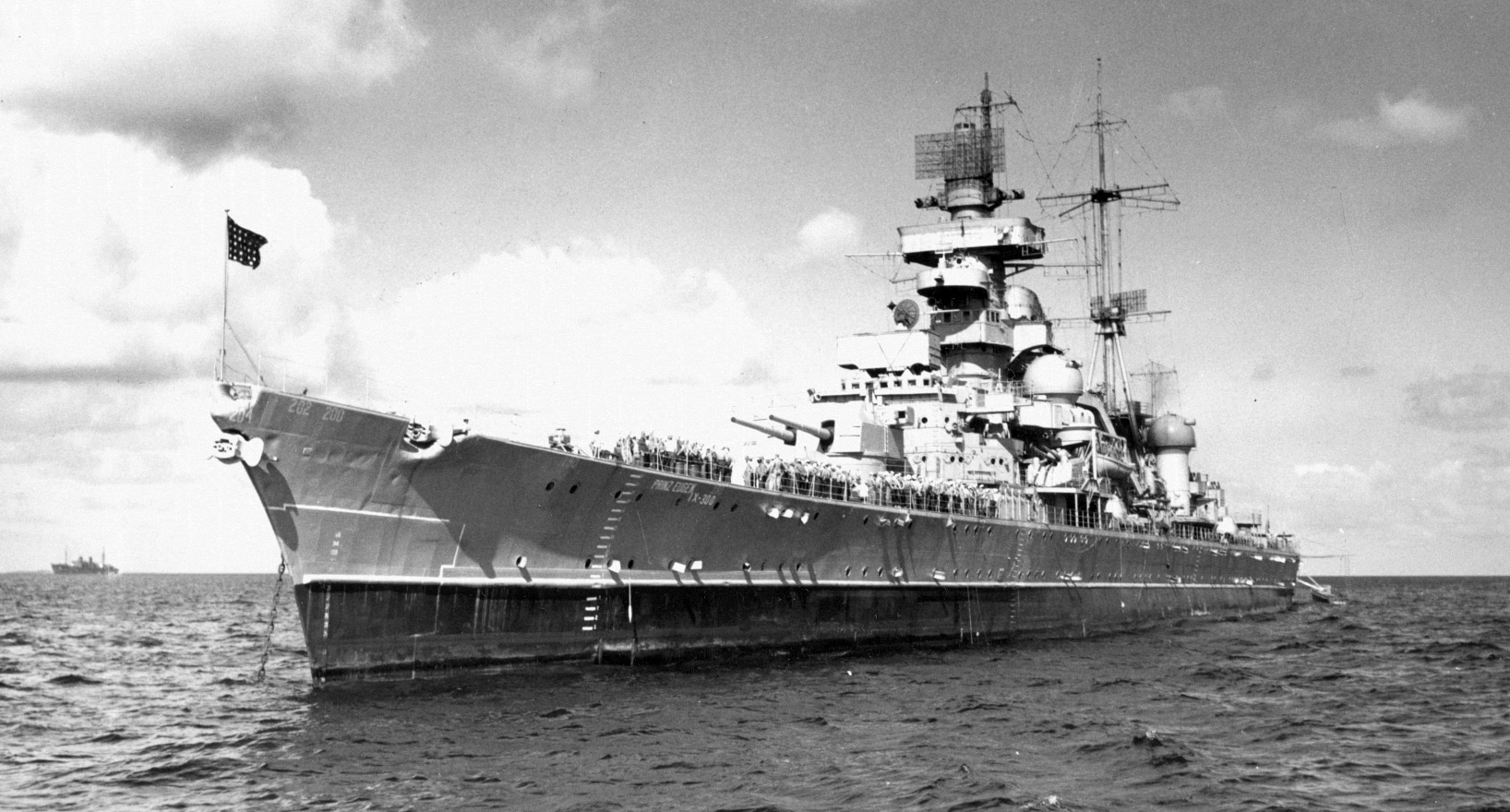The Luftwaffe Was Serious About Protecting These Ships
The Luftwaffe placed a fighter controller aboard the Scharnhorst to coordinate fighter cover. General Galland decided that the covering aircraft should fly both high and low cover and that the low groups would fly at altitudes below the detection threshold of British coastal radar. The Germans planned to have a minimum of 16 fighters over the ships at all times and 32 present for the majority of the operation. The Luftwaffe aircraft were to maintain radio silence. The German plan also included rehearsals of the quick-turn servicing of the covering aircraft. The ground crews shaved their turn-around times down to 30 minutes.

Successful Sneak and Unsuccessful RAF Attacks
On 11 February the German capital ships and their escorting destroyers and E-Boats left Brest at 2114 local time and escaped detection for more than twelve hours, approaching the Strait of Dover without discovery. The British, made aware of the German operation by ULTRA intercepts and spies in the area of the port of Brest but inexplicably unprepared for the event, finally began operations against the German ships when they were steaming in English Channel, well after they had sortied from Brest. The Royal Air Force flew 398 Fighter Command sorties, 242 Bomber Command sorties, and 35 Coastal Command sorties against the Germans. Even so, the British attacks amounted to little more than harassment of the Germans as they steamed through the English Channel within sight of England.

Reads Like Torpedo 8 at Midway
Even so, the British attacks amounted to little more than harassment of the Germans as they steamed through the English Channel within sight of England. One example of the futility of the attacks is the six Fleet Air Arm 825 Squadron Fairey Swordfish torpedo bombers that attacked the ships. All six were shot down by gunners aboard the ships. Their commander, Lieutenant Commander Eugene Esmonde, received a posthumous Victoria Cross for the courageous attack, but the Germans were unaffected by it. In fact none of the British torpedo attacks manage to score a single hit on a German ship.

Losses Without Results
Overall the British aircraft losses to the Luftwaffe were two Bristol Blenheims, four Westland Whirlwinds, four Vickers Wellingtons, six Hawker Hurricanes, nine Handley-Page Hampdens and ten Supermarine Spitfires. German gunners on the ships shot down the six Swordfish and a Hampden bomber. The British destroyer HMS Worcester was damaged by naval gunfire from Gneisenau and Prinz Eugen. 23 of her crews were killed, four died of wounds and 45 were wounded out of the complement of 130. The ship was out of action for 14 weeks.
The Germans lost the torpedo boats Jaguar and T. 13 damaged by bombing, two sailors killed and some badly wounded, and 17 Luftwaffe aircraft and eleven of their pilots.

Tactical Success But Strategic Failure
The German ships Scharnhorst and Gneisenau hit mines in the North Sea and were damaged. In fact the Scharnhorst was so heavily damaged she was out of action for more than a year. By 13 February the German ships had all reached German ports.
In the end the German Navy considered the operation to have been a tactical success but a strategic failure. None of the three capital ships ever threatened an Atlantic convoy again. The ships might have been more heavily damaged or sunk in port had they remained in Brest, but in reality their eventual fates were determined by their having made the Channel Dash to ports in Germany. Luftwaffe aircraft were also no longer able to protect them.

The Eventual Fates of the Dashers
On 23 February Prinz Eugen was torpedoed off Norway by a British submarine. She was eventually repaired and spent the remainder of the war in the Baltic Sea, where she would not threaten Atlantic Convoys. Gneisenau entered dry dock for repairs to the mine damage sustained during the Channel Dash. On the night of 26 February the RAF finished Gneisenau off by bombing the dry dock and the ship inside it. She never sailed again. The Scharnhorst was eventually sunk at the Battle of the North Cape on 26 December 1943.

